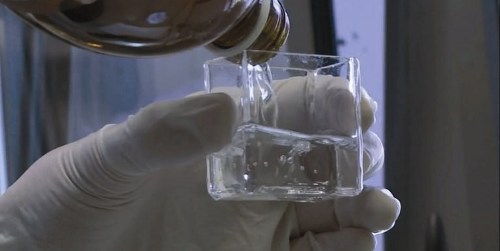An artificial leaf is developed by scientists from the Photovoltaic and Optoelectronic Devices group at the Universitat Jaume I using semiconductor materials. The technology has been named as artificial photosynthesis and it has the ability to produce hydrogen in water using merely sunlight.
 Development of an artificial leaf using semiconductor materials
Development of an artificial leaf using semiconductor materials
Sixto Giménez, a researcher from the Universitat Jaume I, noted that the energy efficiency of the technology is still inadequate to consider it for marketing. Hence, the research team is investigating several ways to enhance its efficiency and to illustrate that the device can be used as a real time alternative to address the energy demands of the current century, stated Giménez.
The artificial leaf was allowed to submerge in an aqueous solution that has an oxidising agent. Then, the researchers studied the generation of hydrogen produced by photons. Iván Mora, a member of the group deevloping the aqueous solution, commented that the key challenge is to know the physical-chemical process that is created by the semiconductor material and its working with the aqueous medium to simplify the device process.
The artificial leaf development is a major scientific challenge, as there are difficulties associated with the selection of materials used in the process, absence of decomposition and continuous work. Professor Juan Bisquert, leader of the Photovoltaic and Optoelectronic Devices group, remarked that when compared to other devices, the artificial leaf offers low production costs and a large number of incident photons of light, which is used to produce hydrogen photons in the infrared (IR) spectrum.